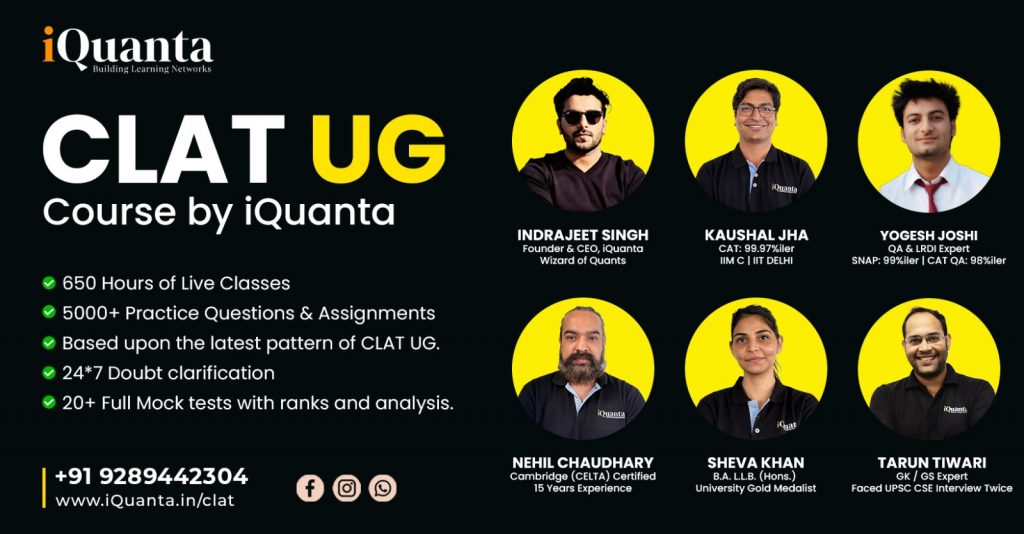Passage 1
Building a nationwide database and drafting a national policy for protection and rehabilitation of individuals engaged in begging are among the recommendations of an NHRC advisory issued on Friday. The advisory was issued to the Centre and state governments to develop strategies aimed at eliminating the need for begging and enhancing the quality of life for those involved in it, the National Human Rights Commission (NHRC) said in a statement. It noted that despite a number of initiatives and welfare programmes implemented by the central and state governments, begging persisted across the country. According to the 2011 census, there were more than 413,000 (4.13 lakh) beggars and vagrants in India, it said. In its recommendations, the NHRC asked the authorities to draft a national policy for the protection and rehabilitation of individuals involved in begging to prepare and implement welfare schemes for them with targeted financial assistance, vocational training, poverty alleviation and employment opportunities and continuous monitoring and supervision by executive actions for implementation of those frameworks. It also recommended undertaking sociological and economic impact assessment to legislate an anti-human trafficking law to curb any racket of forced begging. “This law should identify beggary as one of the root causes of human trafficking and insert penal offences against the perpetrators.” A standardised survey format is to be developed by the Union Ministry of Social Justice & Empowerment for collecting detailed information with the help of municipal corporations or government agencies to build a national database of individuals engaged in begging with their physical, mental and social status, which should be updated regularly on an online portal accessible to all stakeholders, the statement said. The rights panel also asked to ensure that, upon completion of the identification process, individuals engaged in begging were brought to shelter homes (as mentioned under the Support for Marginalised Individuals for Livelihood and Enterprise or SMILE scheme) located within cities or districts, and registered as residents and issued identity cards by the relevant authorities. Particular emphasis should be placed on catering to the needs of children, women, the elderly, persons with disabilities and those addicted to substance abuse involved in begging, according to the existing provisions of the law applicable to these specific groups, it said in its recommendations. Other recommendations include registering and enrolling all children between the ages of six and 14 and involved in begging in schools under the Right to Education Act and providing skill development and vocational training to shelter home residents in collaboration with government-recognised vocational centres to enable them to live a life of dignity. It also recommended that NGOs or civil society groups may assist the shelter home residents in forming self-help groups and in accessing loans for self-employment. The state governments have been asked to start campaigns to ensure the eradication of organised or forced begging in all forms. To achieve this goal, anti-begging cells may be initiated by involving various stakeholders, including NGOs or CSOs and human rights defenders, it said.
Source: https://www.business-standard.com/india-news/nhrc-
Get CLAT Online Coaching!

Passage 2
A research team led by scientists at the [1] has developed an online tool to create a catalogue of stars that can enable the upcoming Thirty Meter Telescope (TMT) in Hawaii to generate high-quality astronomical images. Findings from research anchored at the Bengaluru-based institute mark a significant contribution from India, a key partner, to the TMT project. Ground-based telescopes, especially the ones with high light-collection capabilities like TMT, have to work around the challenge of atmospheric distortion to generate high-quality images. TMT is set to address these distortions with an adaptive optics system (AOS) that continuously senses and adjusts for changes in the atmosphere. An all-sky catalogue of near infrared (NIR) stars can significantly enhance the efficiency of this system.
Dr Sarang Shah from [1] said the AOS on TMT comes with a laser guide star facility that can project up to nine lasers into the sky to create artificial guide stars. “However, atmospheric turbulence affects these laser beams; so measuring atmospheric tip-tilt is uncertain. To correct these effects, the AOS requires feedback from three real stars, known as natural guide stars (NGS),” Shah, the lead researcher, said.
Simulations indicate that for the AOS to reach optimal performance, it requires at least three NGS within its field of view, each as bright as 22 magnitudes in the near-infrared J waveband. There is no comprehensive star catalogue that can provide NGS in all regions of the sky. [1] researchers and their collaborators have developed an automated code that can be used as an online tool to create a catalogue of NIR stars. Smitha Subramanian, co-author and faculty at [1], said this code can compute the expected near-infrared magnitudes. Data from the UKIDSS survey of the United Kingdom Infrared Telescope were used to validate the approach which achieved over 85 per cent prediction accuracy.
Source: https://www.deccanherald.com/science/thirty-meter-telescope-


